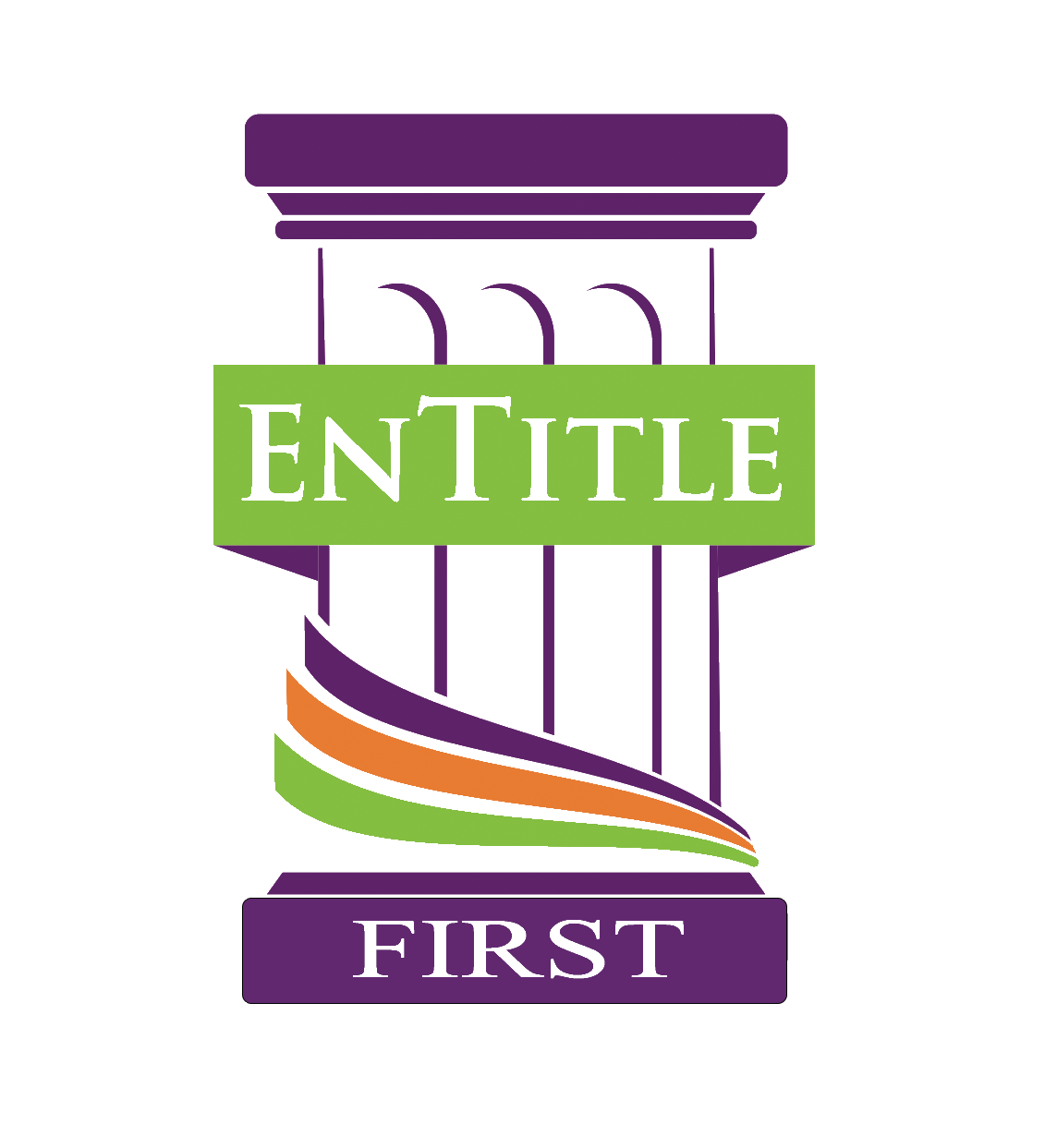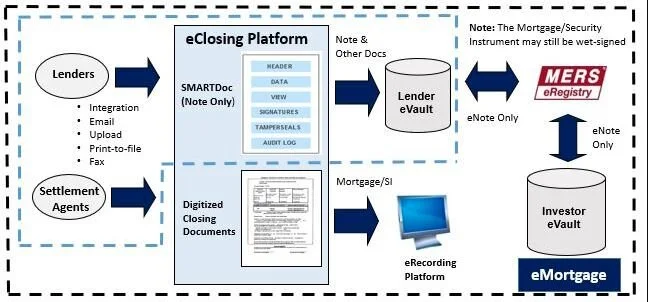With the industry ramping up their use of remote online notarization, the question is when will buyers and sellers be able to close without the formal face to face meeting with a closing officer? The answer is….. it’s coming!
There was a big push in the early 2000’s, with the emergence of technology and regulation changes, to allow for online signatures on documents. Most every person has experienced signing documents on line. If you’re in the middle of a real estate transaction, it’s likely you have signed some documents online.
There are two big issues when it comes to electronic documents and your actual closing - the local court house that records documents and the actual Promissory Note.
First, the local court house…..
When the owner of a property sells, the transfer happens with a Deed. The Deed must be signed and notarized by the seller, then it’s submitted to the local court land records. In Virginia, this document has been “wet ink” signed and notarized, but now it can be signed and notarized electronically. The problem is, not all courthouses have deployed technology to accept an electronically signed document.
When a document is electronically signed, it includes tamper resistant seals that secure the document and prove its authenticity. The problem starts with verifying the authenticity seal of the document, this can only be done in the digital world. If the county clerk has not enabled technology to received these digitally sealed documents, they cannot prove the document is valid and therefore, cannot accept it for recording. Many county clerk’s offices are accepting electronic documents, but not all.
This same issue is a problem for the buyer should they be obtaining a mortgage on the property. A Deed of Trust, securing the loan being made, must be signed by the buyer, notarized and recorded in the same fashion as the Deed.
Second issue - The Promissory Note
The Promissory Note is the promise of a borrower to repay a loan. The basis of this document is that it’s a “negotiable instrument” - in other words - the person in possession of the Note is the one that is owed the money. If you don’t actually posses the note, you cannot collect what is due you (yes we know the news from what happened back in the late 2000’s, we leave that for another post).
So, if you sign your Promissory Note electronically, how do you limit who can “possess” the Note when it can be sent to an unlimited number of people? All would have the secure document in their possession - which one is the “original”?
This issue is being worked on now, and it creates a whole new level of technology. The market is answering this issue by creating what is known as an eNote. These eNotes include “transferable records” verification through the use of eVaults that can answer the issue of who is actually in possession of the Note.
The good news? We are getting closer to the day where you will be able to buy and sell real estate while sitting on a beach, in your office, or more importantly, being at your new home where you can immediately direct the movers on where to place your couch.


